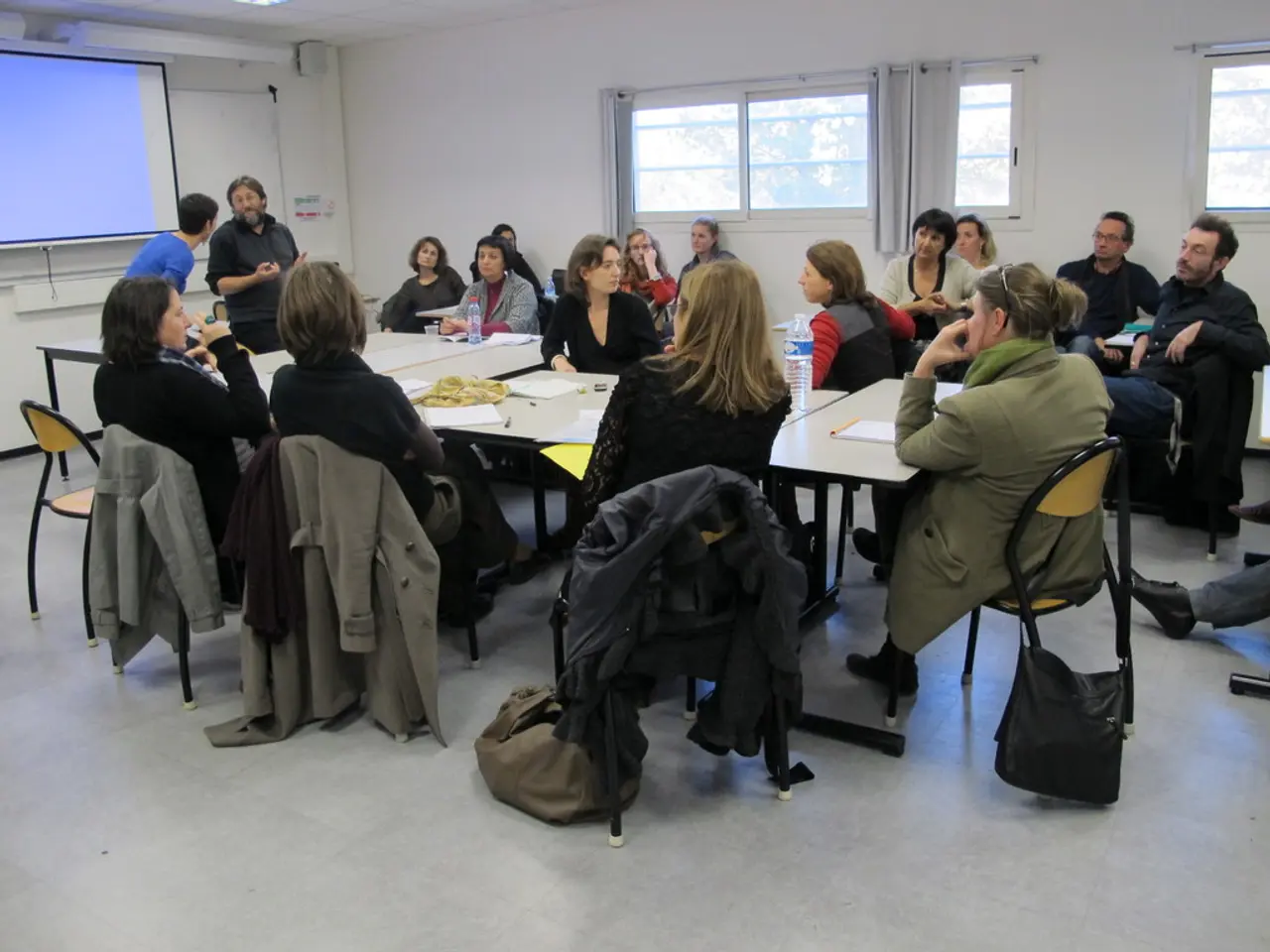Increase in solo dwellers resides in Germany
In recent years, Germany has seen a significant increase in the number of individuals living alone, a trend that sets it apart from many other European countries. This rise can be attributed to a combination of demographic changes, economic conditions, lifestyle preferences, and cultural factors.
One of the key factors contributing to this trend is Germany's aging population. With increased life expectancy and urbanization, a large portion of older individuals in Germany choose to live independently. According to recent data, about 34% of those aged 65 and above live by themselves, a figure that rises to 56% for those aged 85 and older.
Another factor is the changing lifestyle preferences among younger adults. There is a trend towards delaying marriage and family formation, leading more young adults to live alone. Approximately 28% of young adults aged 25 to 34 live solo, a figure influenced by rising individualism, which is more pronounced in Germany compared to some other European countries.
Financial stability also plays a role in the rise of single-person households. Those with higher incomes are more likely to opt for single-living arrangements, a trend observed not just in Germany but also in other developed countries like the United States. The economic situation in Germany generally supports a higher proportion of single-person households compared to less affluent countries.
Cultural and social factors also contribute to the preference for living alone in Germany. German culture often values independence and personal space, contributing to the preference for living alone. The country's social policies and support systems may also facilitate and encourage independent living, especially among older adults.
While Germany has a high rate of single-person households, it is not the highest in the EU. Countries like Finland, Sweden, and Denmark have even higher percentages. However, Germany's rate is significantly higher than the EU average, as well as countries like Slovakia, Ireland, and Poland.
In 2024, the "at risk of poverty" threshold for take-home income in Germany was €1,381 per month, after taxes and social security contributions. The number of people living alone in Germany has risen steeply in the past two decades, by 21.8% compared to 2004. Among people living alone in Germany, the rate of loneliness is approximately 26%, compared to 16% for the general population.
It's worth noting that younger people living alone are more likely to experience loneliness, with rates about twice as high as those aged 65 or more. Among those aged 85 and over, more than one in two people lived alone (56.0%). The risk of poverty among people living alone is nearly twice the European average.
In conclusion, the combination of demographic changes, economic conditions, lifestyle preferences, and cultural factors contributes to the high percentage of people living alone in Germany compared to other European countries. This trend, while posing challenges such as increased loneliness and poverty among some groups, also reflects the growing independence and individualism of German society.
- The growing trend of mental health focus in the health-and-wellness sector has led to an increased awareness of the impact of living alone on an individual's wellbeing in Germany.
- Home-and-garden renovations, particularly projects that cater to small living spaces and offer solutions for connectivity, have seen a rise in demand as more individuals opt for independent living.
- The rise in single-person households in Germany has also sparked a surge in interest in relationship counseling and advice, as people navigate the intricacies of solo living and potentially seek connections without a traditional family structure.




